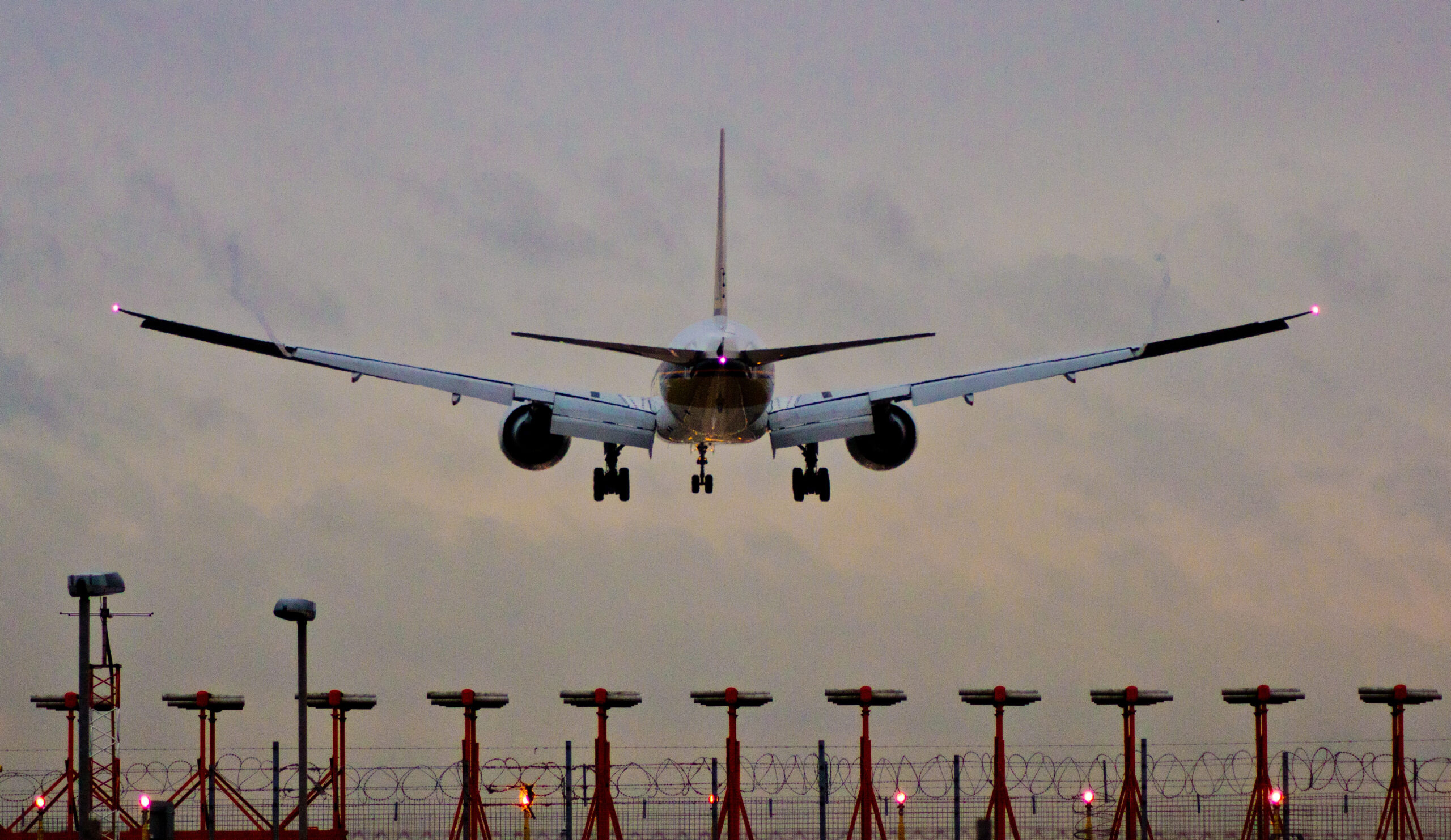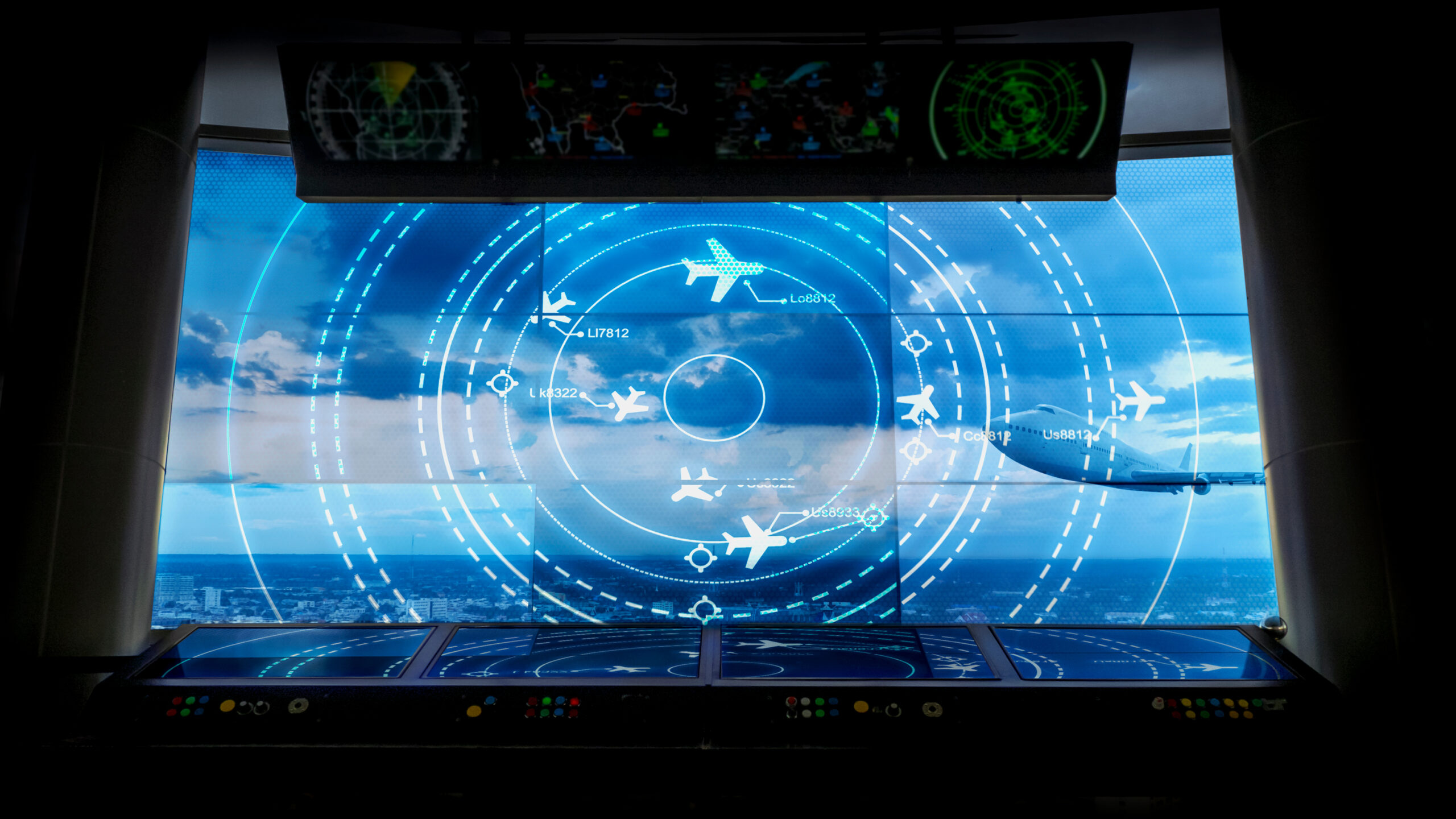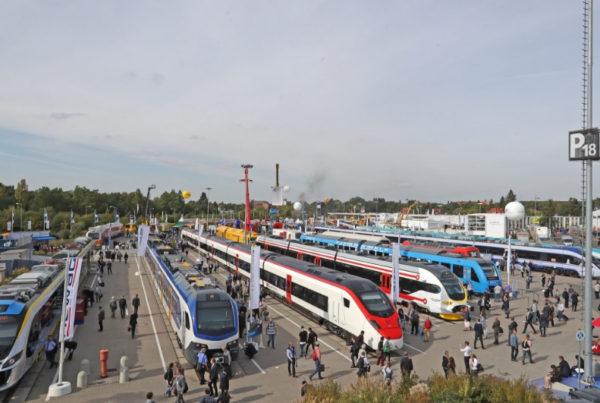
Envision an aeroplane that identifies and rectifies potential faults, thatmonitors the weather, and senses the wellbeing of its passengers. Welcome to the world’s first ‘conscious aircraft’.
It sounds far-fetched, but experts at Cranfield University’s Centre for Integrated Health Management say that a prototype of this epoch-making aircraft could plausibly be developed by 2040.
In a paper produced with Inmarsat and entitled “Why the future of aviation starts with connectivity” it tells us that factors including new aircraft-based technologies, and AI, are paving the way for this bold new aircraft.
The core of the concept lies in a ‘digital twin’ of the entire craft (not just the engine) embedded within the plane. With an overview of all the craft’s various monitoring systems, it acts on the data to make constant tweaks and improvements even as the plane goes on its way. Component wear and tear, weather impacts and fuel usage could all be monitored and managed on the go.
So how are we defining ‘conscious’? The report provides a clear description of what it regards as conscious in this context: “…a conscious aircraft is defined as one that looks after itself, that is aware of its own condition through self-sensing and monitoring component health and knows its own need for maintenance.”
It adds: “In practice, can an aircraft be conscious? The strict answer is no – because consciousness is more than awareness, it is the awareness of awareness. While an aircraft health management system can be aware of the systems and environment around it, it is not sentient. It, however, can be ‘conscious’ in ways that are important to improving aircraft health.”
The Conscious Aircraft initiative, it says, “aims to achieve the creation of an integrated vehicle health management system that is capable of a fully aware state, able to either suggest appropriate action or take action for itself.”
Reliable predictions about the remaining useful life of components and systems? Automatic reconfigurations of components to optimise their remaining life? Sensing of changes in the external environment, like weather or smoke from an ash cloud? These are all actions that our conscious aircraft would undertake.
Connectivity to cut costs
The notion of what we can define as ‘conscious’ will draw divided opinions from readers of the report. However, the broader theme within the study is one aviation asset owners and operators will embrace: That greater use of connected data is a necessity to ensure a sustainable future for the sector.
As Professor Karen Holford, Chief Executive and Vice-Chancellor at Cranfield, writes in the report: “While other industries have embedded digital technology into their business models, often our practices have lagged behind.”
The consequences of this, are in part commercial. Take aircraft: The costs of aircraft being out of action for maintenance and repair are vast: £200,000 per day, according to figures cited in the study.
And industry literature indicates that, regardless of the class or type of aircraft, maintenance costs can range from 10 to 45 per cent of total yearly operating expenses.
The reduction in routine maintenance and proactive ‘fixing’ of potential faults, could cut the maintenance costs of a ‘conscious aircraft’, the Cranfield study says, by roughly 30 per cent.
Here and now – digital twins
While the fully conscious aircraft concept is a futuristic notion, digital twin technology is already actively supporting enhanced productivity and efficiency within the aviation sector and the wider transport sector.
Connected to its ‘real self’ by sensors, the data received by the digital twin is used to optimise operations through, for example predicting faults and enabling predictive maintenance.
Because of the connection between the two, users of the twin can view their asset’s performance in real-time and gather the data they need to inform decisions about its operation – instead of performing actions based only on time or the age of an asset.
Twins in demand
At Cohesive, we are leading the way in helping asset owner operators, including airports, to use connected data and digital twins to optimise the performance of their assets, drive reliability and reduce downtime and its associated expense.
David Elliott, Cohesive’s airport specialist, explains. “In as dynamic an environment as an airport, with so many inter-related passenger, operational and commercial solutions containing data, the opportunity to harness the data and create digital twin solutions that improve the operation of the airport AND enhance the passenger journey is huge. At Cohesive we believe that digital connectivity is imperative for an efficient airport.”
Integrating data into every aspect of airport operations can unlock significant benefits. Bentley, our parent organisation, and Cohesive, have been working, for example, on an ambitious project with one of the world’s oldest airports, Sydney Airport. We have been helping it to achieve its vision of becoming one of the world’s most advanced airports with regards to its approach towards maintenance and management.
The Sydney team selected Bentley’s OpenCities to integrate diverse types of financial and asset data and metadata, models and documents from multiple systems.
Speaking during Bentley Systems’ Year in Infrastructure Conference in 2022, Kim Cohen, team leader of the Sydney Airport project, explained: “OpenCities has enabled us to provide for the first time the capability to display BIM and reality models.

”The broader theme within the study is one aviation asset owners and operators will embrace: That greater use of connected data is a necessity to ensure a sustainable future for the sector








